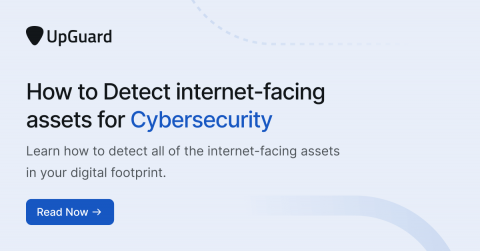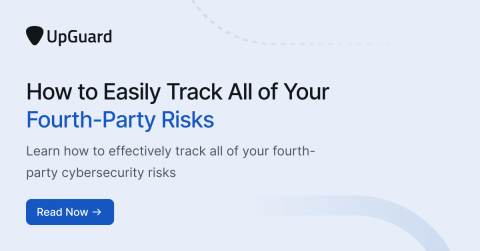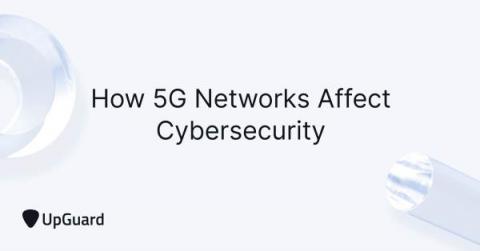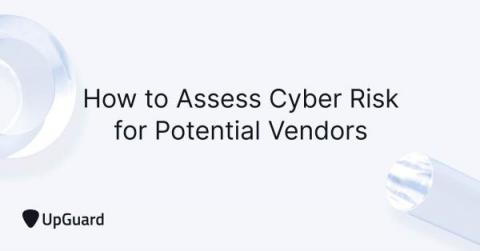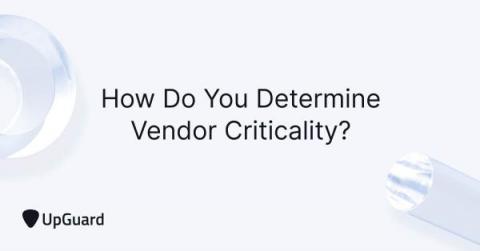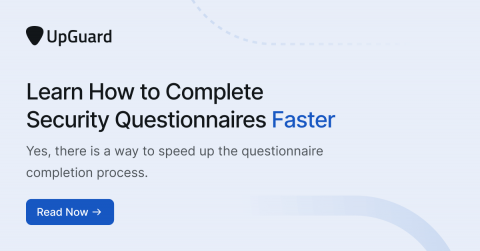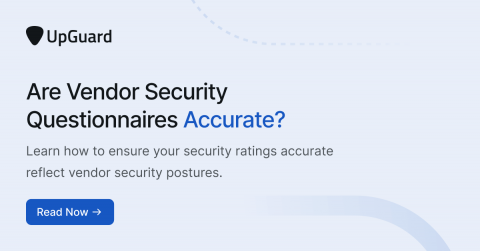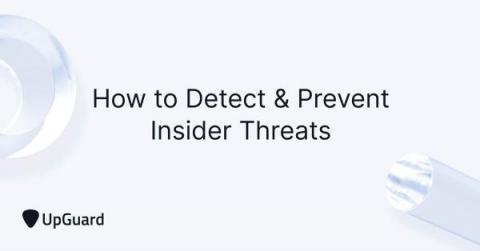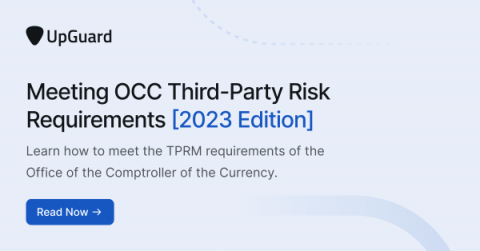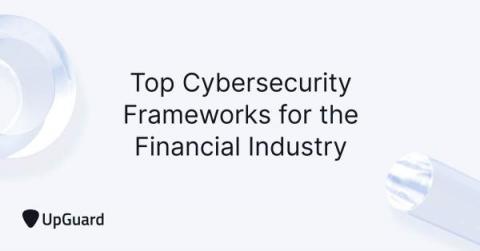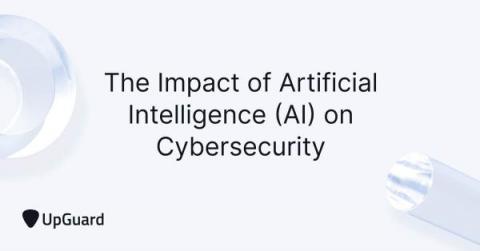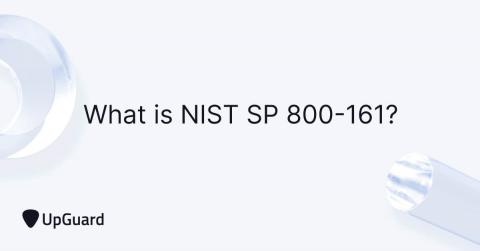How to Detect Internet-Facing Assets for Cybersecurity
The efficacy of an organization’s cybersecurity program is proportional to the level of awareness of its attack surface. Overlooking just one internet-facing asset could establish an attack vector leading to a devastating data breach. To learn how to ensure all of your internet-facings IT assets are accounted for in your cyber risk program, read on.


